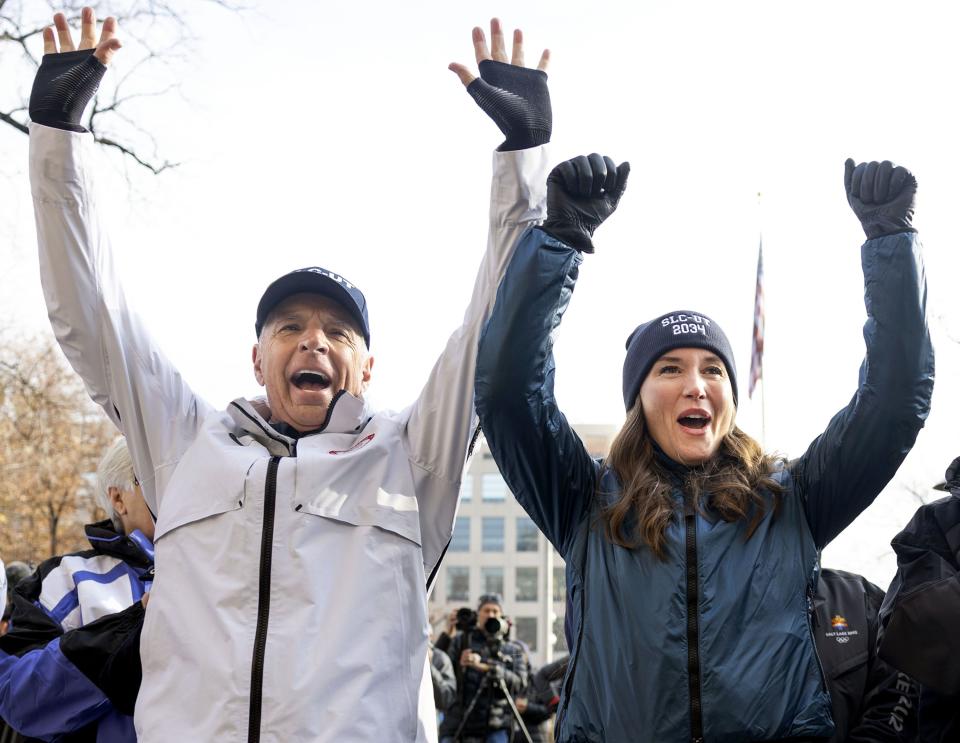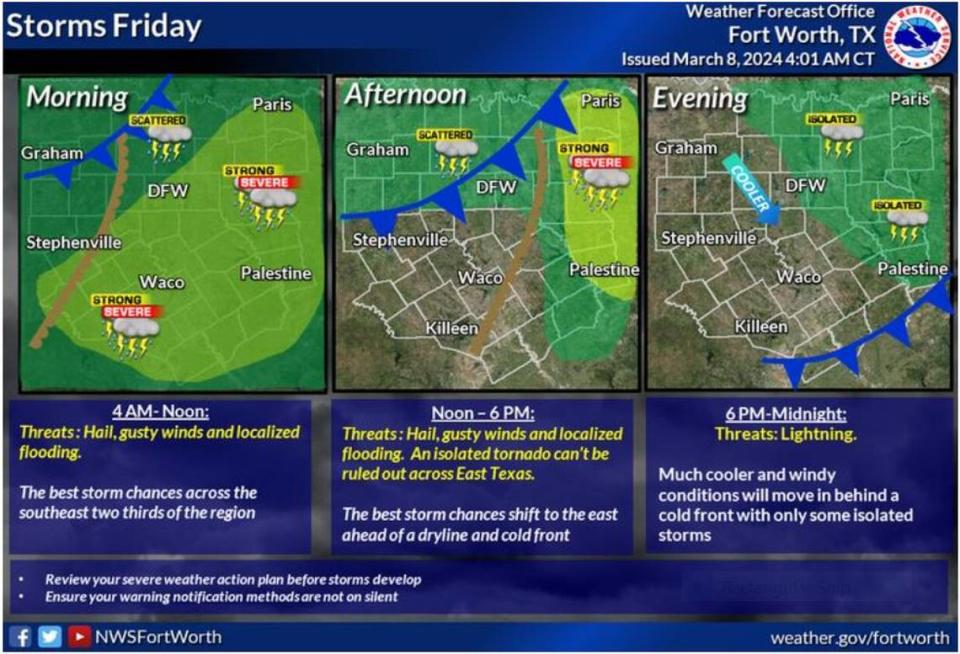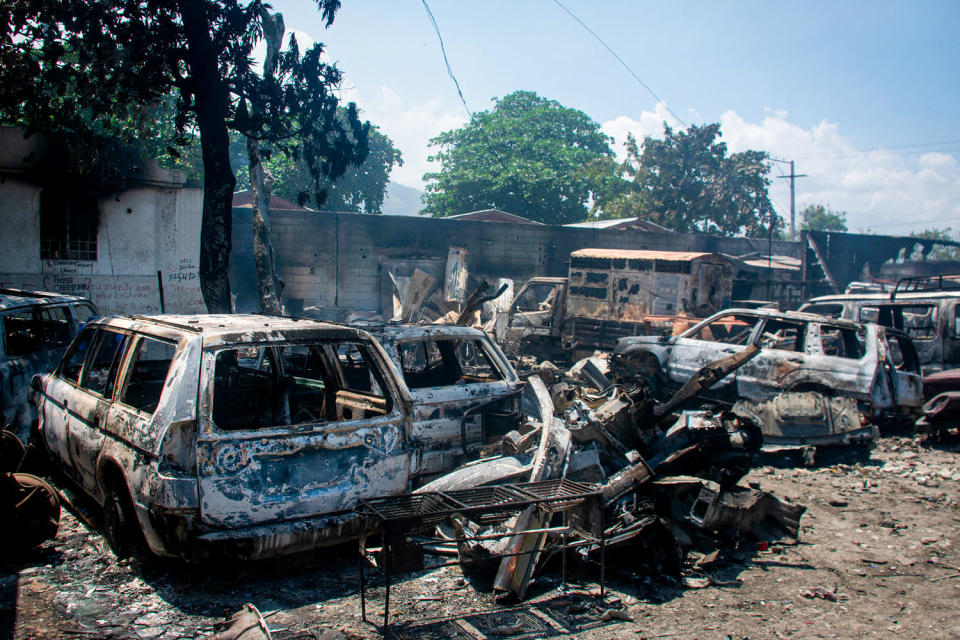Wichita in January, like much of Kansas, saw a lot of snow and rain along with frigid temperatures.
But, just how cold was it, and what should we expect for February and spring?
Wichita saw four records set in January: two for the coldest high on Jan. 14 and Jan. 15, with 6 and 7 degrees from an arctic blast that hit the state, and another two on Jan. 8 for most precipitation (0.45 inches) and snow (3.3 inches) for historic January 8th in Wichita.
Records in Wichita date back to 1888.
The average temperature of 28.8 degrees in Wichita made it the coldest January since 1996 and the 34th coldest on record.
Wichita also recorded 6.3 inches of snow in January, the most since 2021, and 14.5 inches so far this winter season, which is the most since the 2007-2008 winter. Both of those figures are just over double what would normally be seen during those time frames, according to the National Weather Service.
While January, which is the coldest month in Kansas, had many bitterly cold days, the rest of the season so far has stayed pretty true to what was forecast — besides a freakish 7.8 inches of snow that set a Nov. 25 record.
El Niño, a current weather-condition in the Pacific Ocean that brings weakened trade winds and warmer water toward the west coast of the U.S., can mean near to above average temperatures and average precipitation during the Midwest winter.
In October, the average temperature across Kansas was slightly above normal, a little further above average in November and the second hottest average temperature in December, according to National Oceanic and Atmospheric Administration data going back to 1895.
El Nino can result in near to below average temps and near to above average precipitation for the spring. The NWS in Wichita says that could also be the case between February through April.
The few days of February have so far seen above average temperatures.
Wichita, and much of Kansas, is also continuing to see much needed precipitation — January had 1.76 inches of precipitation, which is about nine-tenths of an inch more than the average.
Wichita had about 1/3 of an inch of rain starting Friday night and could see up to an inch more before the system clears out Sunday evening.
“I know the farmers are sure appreciative” of the rain, Wichita NWS meteorologist Chris Jakub said Saturday afternoon.
The recent precipitation helped improve drought conditions around the state.
About 33 percent of the state now has no drought; about 61 percent of the state is abnormally dry or in moderate drought; 5 percent is in severe drought and about 1 percent is in an extreme drought, according to the NWS.
The Wichita area is expected to have above average temperatures for the next several days. Normal temperatures this time of year are highs around 46 degrees and lows around 23 degrees.
Signup bonus from





